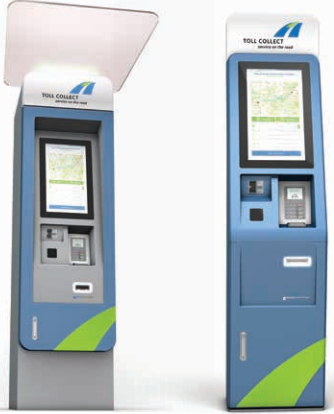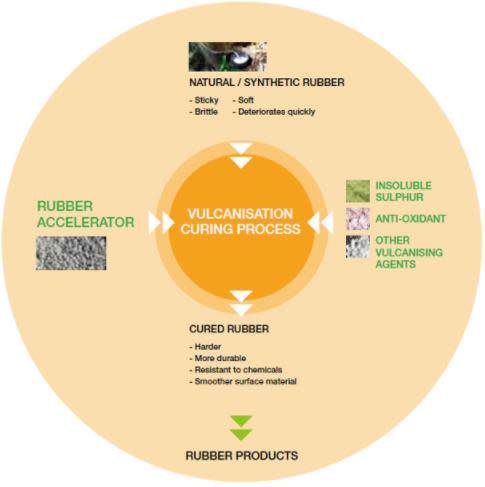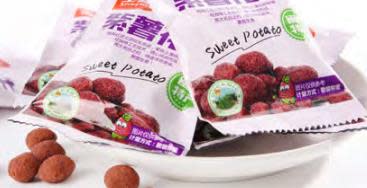SI Research: 3 Small Cap S-Chips To Look At
It was in 2013 when the Singapore Exchange (SGX) and the China Securities Regulatory Commission established the direct listing framework to allow Chinese companies to list directly on our local bourse. The framework was sought after by our exchange with the intent to boost our capital markets and give local investors the opportunity to tap into China’s huge economic growth.
Before the establishment of this framework, Chinese companies seeking a listing outside of mainland China traditionally needed to incorporate and restructure their assets under an overseas entity. Chinese companies that eventually achieved a listing on SGX became commonly known as the S-chips, and were once a collection of market darlings for investors in 2000s.
However, a very different perception forms when we speak of S-chips today as many Chinese listed companies around the world become beleaguered by scepticism amongst investors. This change in perception for S-chips is not unwarranted after a series of events exposed several S-chips that were infamous due to some high-profile corporate scandals. For example in 2010, China Milk Products Group, Delong Holdings and Celestial NutriFoods have sounded off problems for being unable to make payments on their convertible bonds while others had cash missing and/or key executives absconding after cooking the books.
Not limited to just small-cap companies, the current-darling and aviation fuel trading company, China Aviation Oil (CAO), had once taken a beating for its ill-fated venture into oil derivatives trading in 2003. By November 2004, losses amounted to $550 million which ultimately sparked off significant rescue and restructuring efforts for CAO. Fortunately for CAO’s shareholders, CAO is a state-owned enterprise that received the needed resuscitation back then.
Due to their negative reputation as a whole, share prices of these local-listed Chinese companies tend to languish behind the others. Some of these counters do have sound business operations and hence their low valuations can be undeserving. As such, these sound S-chips can be highly rewarding investment options for the patient investors who have the heart to stay vested.
Selection Basis
In this article, Shares Investment has identified 3 S-chips in the small cap category. When we screened for these counters, we want to identify businesses that have strong value propositions that are profitable with solid financial health yet easy to understand. Businesses that are easy to comprehend helps to alleviate the inherent scepticism investors hold and, therefore, making them more palatable.
Like Benjamin Graham once said, “The market in the long-run is a weighing machine.” We like to iterate that our selection here is not meant for speculative plays but for the long haul. Investors should also carry their own due-diligence further before committing to an investment.
Dutech Holdings – Cashing In On China’s Wealth
Dutech Holdings (Dutech) is not a bank in China per se, but it is also capitalising heavily on China’s growing wealth. The group is a global leading original design manufacturer of high security products. The group manufactures automated teller machines (ATMs), banking safes, commercial safes and cash handling systems. In addition, they also design and manufacture intelligent terminals including ticketing and vending machines as well as parking machines. Design and production are carried out in Germany and China, where facilities are Underwriters Laboratories (UL) and CEN certified.
To put it simply (in a local perspective), Dutech produces similar ATMs we see in our local banks, transaction-handling machines like AXS and SAM, and self-ticketing terminals like those we use to top-up our EZ-link cards.
In terms of financial performance, the group also boasts impressive growth in its top and bottom line. In FY11, Dutech only generated revenue of Rmb428.8 million and net profit of Rmb34.1 million. By FY16, revenue and net profit more than tripled to Rmb1.4 billion and Rmb126.1 million respectively. In other words, for the past six financial years, Dutech’s revenue grew by an average 37.4 percent per annum while net profit rose by an average 45 percent per annum!
As of the latest 1Q17, Dutech’s revenue surged 31.9 percent to Rmb353.4 million but net profit sank 17.3 percent to Rmb15.3 million due to the acquisition of loss-making Metric Group (Metric). The newly acquired entity is aimed at expanding the group’s technical expertise and network in the self-service terminal segment. With the agenda of integrating Metric, cost-rationisalisation would be a matter of time and the group’s bottom line should eventually be lifted.
Balance-sheet wise, Dutech’s cash pile rose from Rmb150.8 million in FY11 to Rmb332.3 million by 1Q17. Total debt amounted to Rmb177.4 million in 1Q17 and correspondingly, the group is in a net cash position of Rmb154.9 million. Meanwhile, debt level is not at dangerous level, with the total debt-to-equity standing at 21.1 percent only.
Currently, Dutech only has a market capitlisation of $170.6 million, trading at an “affordable” $0.48 per share. At this price, the group is exchanging hands at price-to-earnings per share (P/E) multiple of only 6.8 times, one time price-to-book value (P/B), and only about 0.6 times price-to-sales.
China Sunsine Chemical Holdings – Small Cap But Large Play
China Sunsine Chemical Holdings (China Sunsine) is a small S-chip with a market capitalisation of only $376.5 million. But one may be surprised to know that China Sunsine proclaims itself as the largest producer of rubber accelerator in the world. The company accounts for about 31 percent of China’s rubber accelerator market share and 18 percent of the world’s market share. The company also claims to be the largest insoluble sulphur producer in China.
In layman terms, rubber accelerators, insoluble sulphur and anti-oxidants (products of China Sunsine) are merely the chemicals needed for mixing with the raw material of rubber to produce consumer end-products. Not surprisingly, China Sunsine’s main customers are top tire manufacturers such as Bridgestone, Michelin, Goodyear and others.
The company backs its claims with its set of impressive financial performance as well: Since its listing in 2007, China Sunsine’s revenue grew from Rmb619.5 million to Rmb2 billion in FY16. Over the same period, net profit almost tripled from Rmb76.1 million to Rmb221.7 million. These translate to average revenue growth of 22.9 percent per annum and net profit growth of 19.1 percent per annum, for a period of 10 years!
In its latest 1Q17 result announcement, China Sunsine crushed analysts’ expectations as net profit rose 70.2 percent to Rmb57.2 million, on the back of revenue increasing 29.1 percent to Rmb574.6 million.
Going forward, China Sunsine has set aside about Rmb250 million to expand its accelerator and insoluble sulphur capacity by end-FY17. Accordingly, if China Sunsine achieves its expansion target, the company would add 10,000 tonnes of capacity to bring accelerators and insoluble sulphur to a production capacity of 97,000 tonnes and 30,000 tonnes respectively.
In addition to its splendid performance, China Sunsine has an extremely robust balance sheet that boasted Rmb337.9 million in cash as at the end of 1Q17. Furthermore, debt was almost negligible at Rmb1.5 million, giving China Sunsine a net cash position of Rmb336.4 million!
Valuation-wise, China Sunsine is trading at about $0.77 per share and at P/E of 7.2 times; rather underwhelming for a market leader.
China Star Food Group – Low Risk-To-Reward
China Star Food Group listed on Catalist of the SGX not too long ago in April 2016, via a reverse takeover deal of Brooke Asia. The company primarily produces and sells sweet potato snack food products in China and currently operates two factories that have an annual capacity to produce 28,800 tonnes of sweet potato food snacks. Its third factory, with an estimated capacity of 30,000 tonnes, has been completed and the company has attained the operating license in March 2017. However, operations of the new factory were halted due to the delay in completion of Lian Cheng County’s wastewater treatment plant.
Owing to the unexpected delay and halt in operations, China Star Food expects its FY17 revenue and net profit to be impacted significantly, with operations of the new factory expected to resume only by September 2017.
In the year of its listing, China Star Food generated rather respectable results for FY16 where revenue was Rmb470.9 million and net profit was Rmb16.3 million. In the latest 9M17 results, revenue rose to Rmb359.8 million and net profit increased to Rmb51 million. However, for FY17, we believe that the company would record some impairment charges on unfinished products due to the operations halt in the third factory which will negatively impact the bottom line.
Notwithstanding that, the company has a robust balance sheet and as of 9M17, China Star Food has a cash balance of Rmb123.8 million and total debt of Rmb12.8 million. As it is, the company has a net cash position of Rmb111 million or about $23.1 million in Singapore dollars, higher than its market capitalisation of $21.3million!
Apart from that, China Star Food’s current share price of $0.083 seems rather “cheap”, at P/E of just 1.6 times and P/B of 0.3 times. Meanwhile, local listed peers, China Kangda Food trades at 124.3 times P/E and 1.2 times P/B while Sino Grandness Food Industry Group change hands at P/E of about 2.9 times P/E and 0.4 times P/B.
Whilst China Star Food has a shorter operating record since listing compared to others in the industry, we think this S-chip offers a rather good risk-to-reward argument.

 Yahoo Finance
Yahoo Finance 



